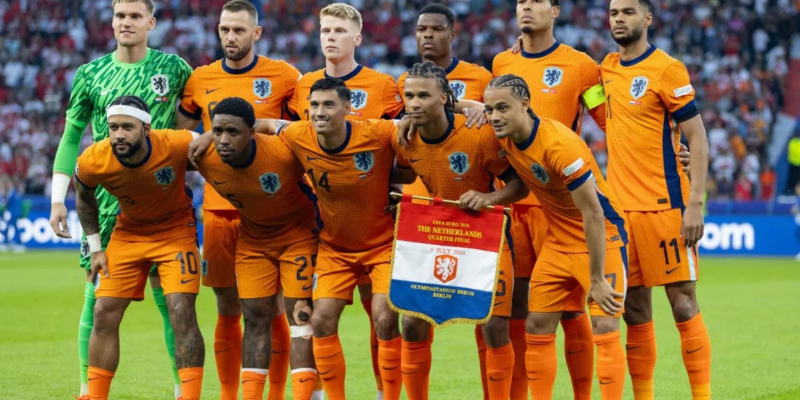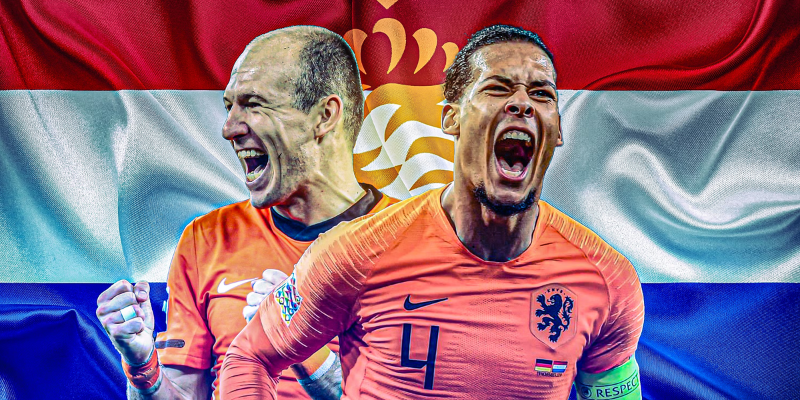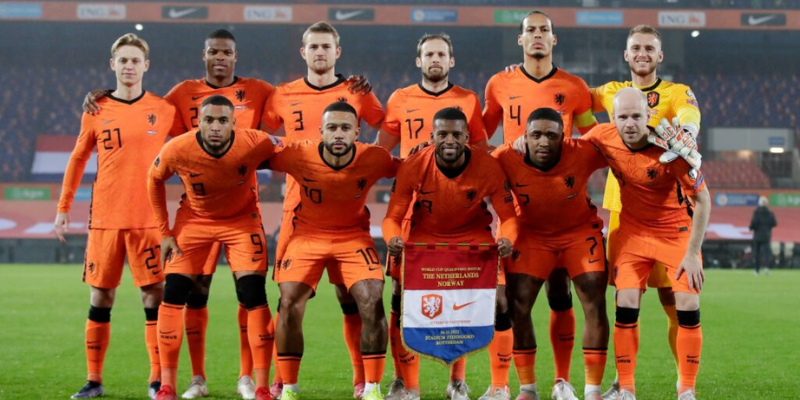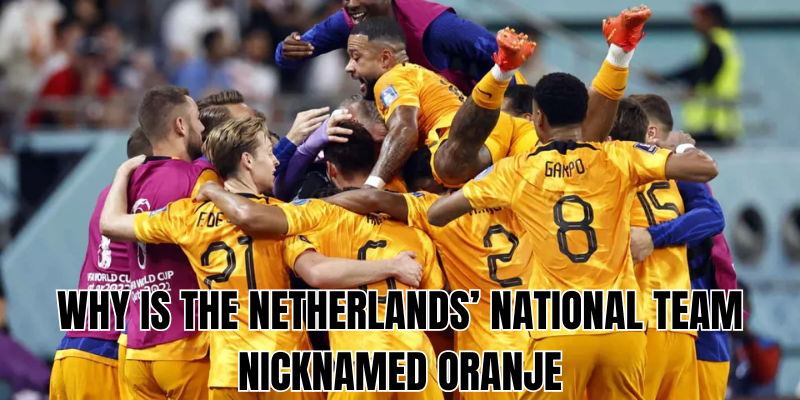When the Netherlands’ national football team takes the field, the stadium erupts into a sea of blazing orange. Fans paint their faces, wear wigs, don giant inflatable crowns, and sing in unison, all under the iconic nickname: Oranje. But why does a country whose flag is red, white, and blue carry orange as its footballing identity? Today, AnxiScore will guide you through the rich history, cultural pride, and emotional weight behind the famous Dutch nickname that transcends sport and unites a nation.
The historical roots of Oranje

The story of the Netherlands’ national team nicknamed Oranje begins not with football, but with royalty. The House of Orange-Nassau, a powerful noble family, has shaped Dutch history for centuries. Their most famous figure, William of Orange (1533–1584), was the leader of the Dutch revolt against Spanish rule, laying the foundation for the modern Dutch state. His name, his house, and his symbolic color—orange—became synonymous with independence and national pride.
As the Dutch monarchy evolved, the color orange remained a symbol of loyalty to the royal family. It stood as a reminder of unity, strength, and resilience. Long before it became a football phenomenon, orange was already ingrained in Dutch cultural identity.
Why orange and not the national flag

A common question for new fans is obvious: if the Dutch flag is red, white, and blue, why does the football team wear orange? The answer lies in tradition rather than symbolism of the flag. Orange represents the monarchy, while the flag represents the state.
When the Netherlands began playing international football in the early 20th century, the decision was natural: the team would wear orange to honor the royal house., from Johan Cruyff’s legendary sides in the 1970s to the stars of the modern era like Virgil van Dijk and Memphis Depay.
Oranje as a cultural phenomenon

The influence of orange goes far beyond the pitch. During tournaments like the FIFA World Cup or UEFA Euro, Dutch cities transform into oceans of orange. Streets are decorated, shops sell orange-themed items, and fans come together to celebrate their shared passion.
The phrase Oranjegekte (“Orange craze”) perfectly captures this national obsession. It’s not just football—it’s carnival, party, and patriotism blended into one. Every goal scored in an orange shirt is felt not only in the stadium, but in homes, cafes, and public squares across the Netherlands.
Iconic moments in Oranje history
To understand the weight of the nickname, we must revisit the great moments of Dutch football. The orange jersey has witnessed triumphs, heartbreaks, and unforgettable artistry.
- 1974 World Cup: Led by Johan Cruyff, the Netherlands introduced Total Football, a revolutionary playing style. Though they lost the final to West Germany, Oranje became global icons.
- 1988 European Championship: Marco van Basten’s wonder volley in the final secured the Netherlands’ first major trophy. The image of him in orange, arms raised, remains legendary.
- 2010 World Cup Final: Oranje battled Spain in Johannesburg, losing in extra time. The heartbreak was felt nationwide, yet the passion of the orange-clad fans showed the world their unity.
- 2014 World Cup: The Netherlands stunned Spain 5–1, with Robin van Persie’s “Flying Dutchman” header forever etched in football history.
Each of these chapters is inseparable. The nickname Oranje is not just about color—it’s about identity, hope, and emotion.
The psychology of color in football identity
Colors matter in football. Brazil’s yellow, Argentina’s sky blue, Italy’s Azzurri blue—each carries history. For the Dutch, orange stands out as a color of energy, optimism, and uniqueness. Psychologists note that bright colors like orange foster a sense of enthusiasm and visibility. No team looks like the Netherlands, and that distinction builds pride.
Fans wearing orange create an immediate visual impact. Whether in Amsterdam or Qatar, they’re unmistakable. The color itself amplifies the psychological edge of solidarity, giving Oranje matches a carnival-like atmosphere that intimidates opponents and unites supporters.
Oranje and the modern era
Today, the Dutch team continues to wear orange with pride. Kit manufacturers often play with shades and designs, but the core identity never changes. Fans eagerly await each new release, not for fashion, but for what it represents. Wearing orange is a way of wearing history.
Stars like Frenkie de Jong, Cody Gakpo, and Matthijs de Ligt carry the Oranje tradition into the next generation. They inherit not just a shirt, but centuries of meaning. Every dribble, every save, every roar.
Final thoughts
So, why is the Netherlands’ national team nicknamed Oranje? Because orange is not just a color—it is the heartbeat of Dutch identity. It connects football to history, the pitch to the people, and fans to their nation., AnxiScore has explored the story behind one of football’s most iconic nicknames. Next time you see the Netherlands walk out in orange, remember: you are watching not just a team, but the living legacy of a nation’s soul. Stay tuned with AnxiScore for more football history, stories, and analysis that bring the game closer to you.

